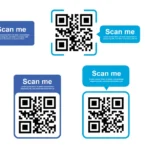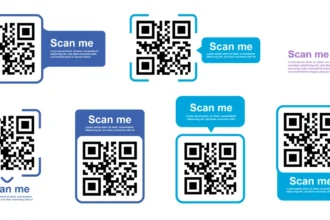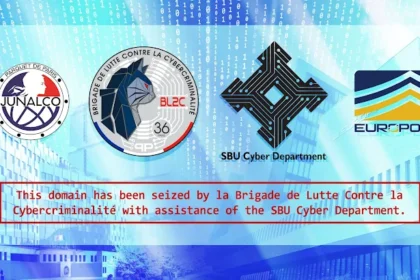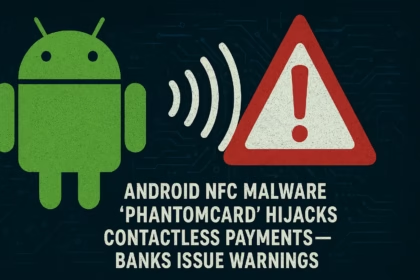A sweeping new investigation into 1,297 major data breaches has revealed that 141 million leaked files contain far more than passwords—exposing bank statements, cryptographic keys, sensitive business contracts, and detailed personal information. Security experts say the scale and type of unprotected data found in these breaches marks a dangerous shift, opening doors for fraud, ransomware, and large-scale cyberattacks.
What’s Different About This Breach?
Unlike the usual focus on hacked usernames and passwords, this year’s “Anatomy of a Data Breach” report dug deep into unstructured files: PDFs, spreadsheets, emails, contracts, code, cloud keys, and more. The findings are alarming:
- Financial documents were present in 93% of all breaches—with bank statements uncovered in nearly half and International Bank Account Numbers (IBANs) in more than a third.
- Cryptographic keys, cloud paths, and code files showed up in a significant share of incidents, enabling attackers to bypass security and escalate their attacks.
- Personal and corporate data—ranging from Social Security Numbers and HR files to sensitive customer support records—was found exposed at “concerningly high rates.”
The Expanding “Blast Radius”
Not only has the number of files grown, but so has the impact of each breach. On average, a single attack now affects 482 organizations—including third parties connected to the original victim—up 61% from just three years ago. Experts warn that many of these secondary or “nth-party” groups have no idea their data has been swept up in a breach.
How Cybercriminals Cash In
For hackers, this flood of unstructured information is a goldmine. They use AI tools to sift through stolen files, searching for:
- Banking details for fraud and theft
- Cryptographic keys for breaking into secure systems
- Confidential contracts, code, or business secrets to aid future attacks or extortion
Increasingly, ransomware gangs are shifting from simply locking up data to leveraging what they steal for greater extortion—threatening to leak sensitive details unless companies pay up.
Ransomware Surges and AI Elevates the Threat
The latest threat reports also show ransomware attacks spiking by 146% over the past year, with a sharp rise in public extortion and a doubling of stolen data volumes. Criminals are relying on advanced AI to analyze troves of breached files faster than ever, pinpointing the most valuable data for targeted attacks or blackmail.
What Does This Mean for Businesses and Individuals?
- Anyone whose information is stored by a breached organization—especially financial or HR data—could face fraud, identity theft, or phishing.
- Businesses must look beyond passwords and lock down all forms of sensitive data, especially documents and code stored in the cloud.
- Rapid detection, response, and a shift to “zero trust” security strategies are now essential; every file and system must be treated as a potential target.
In Summary
The 141 million-file breach isn’t just about data volume—it’s about the depth and sensitivity of the information now in the hands of cybercriminals. As attacks evolve, both companies and individuals need to rethink what’s at stake, taking urgent steps to secure not just credentials, but all forms of digital content.
This event marks a stark warning: in today’s cybercrime landscape, anything left unprotected can—and eventually will—be exploited.






















Keep functioning ,remarkable job!